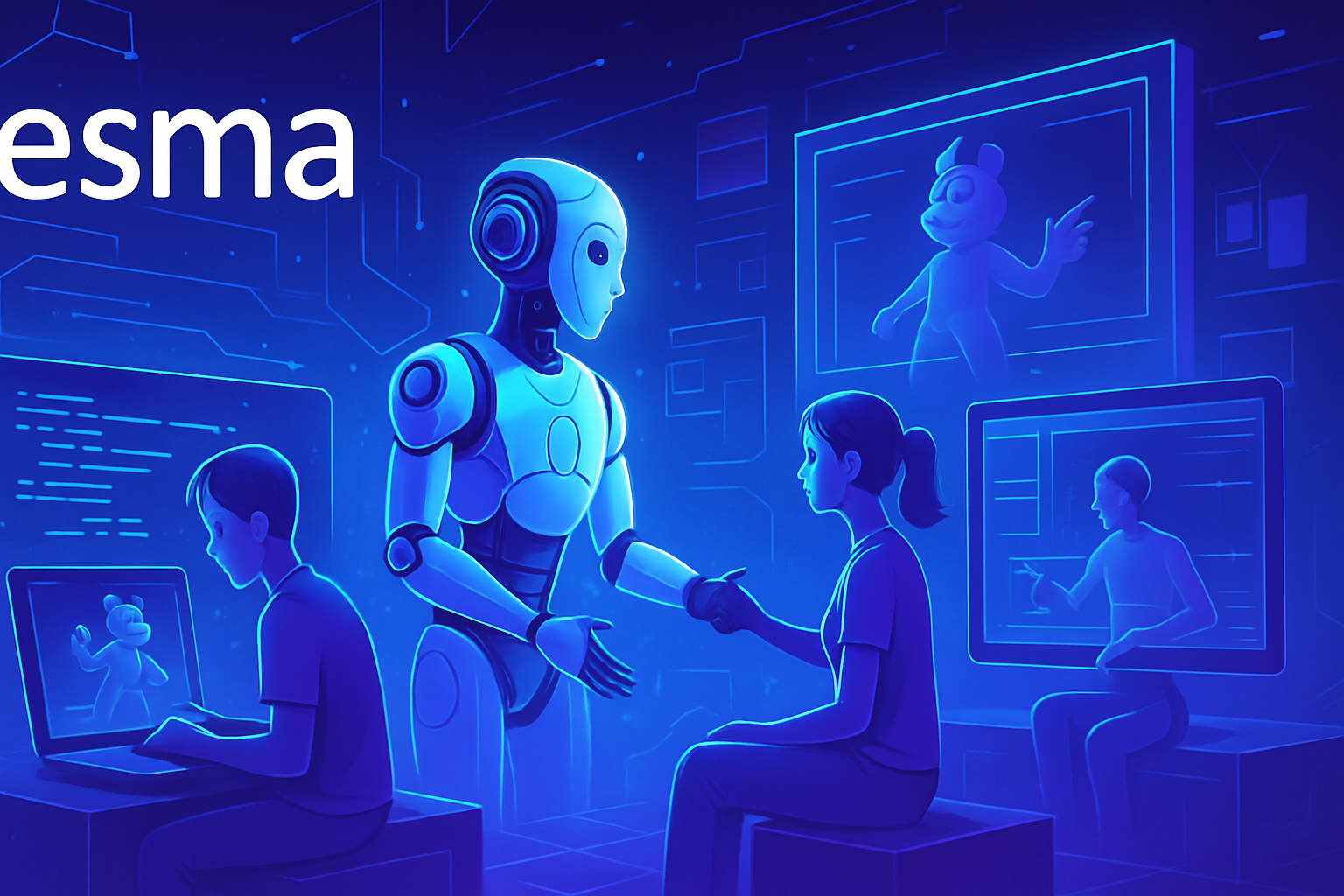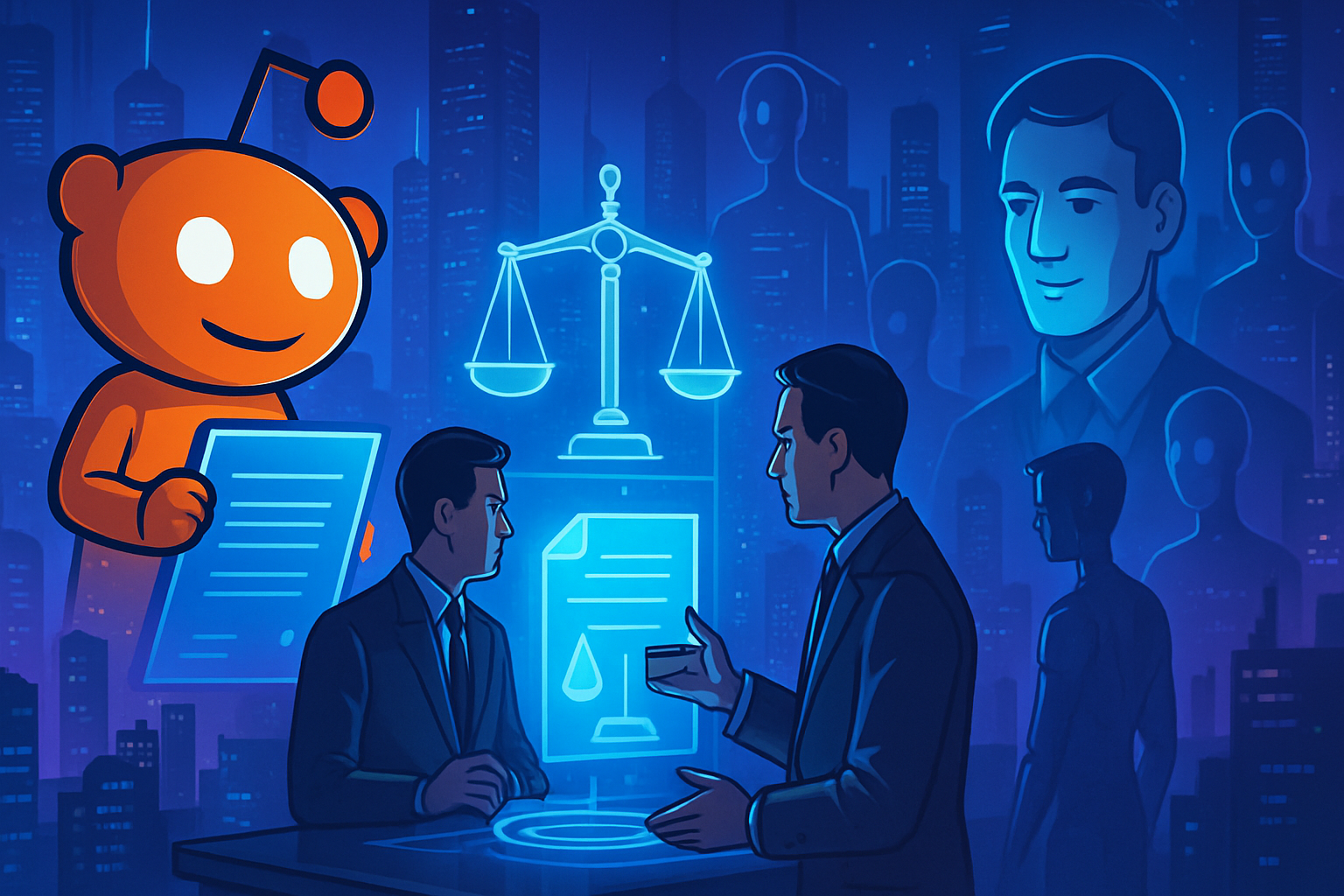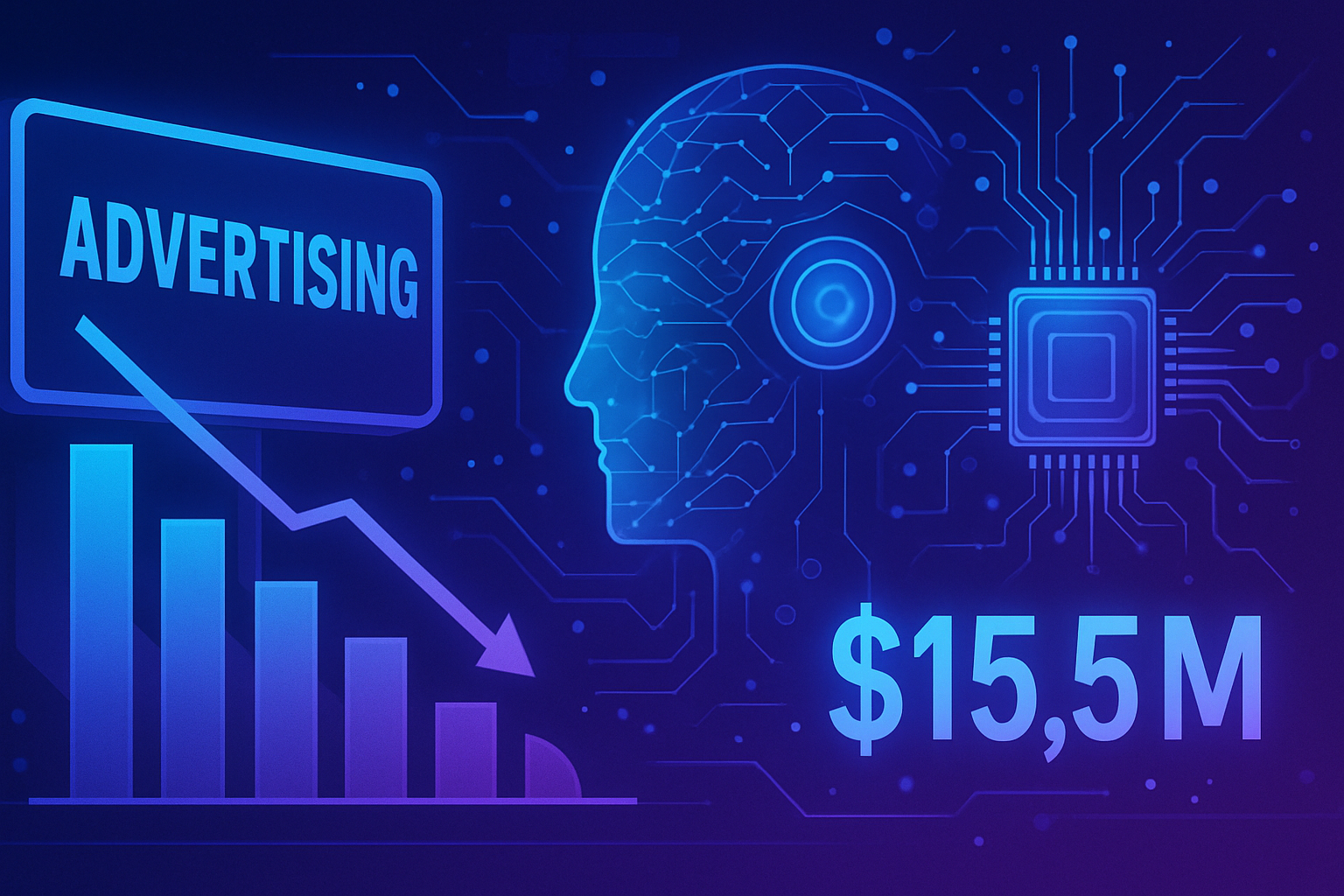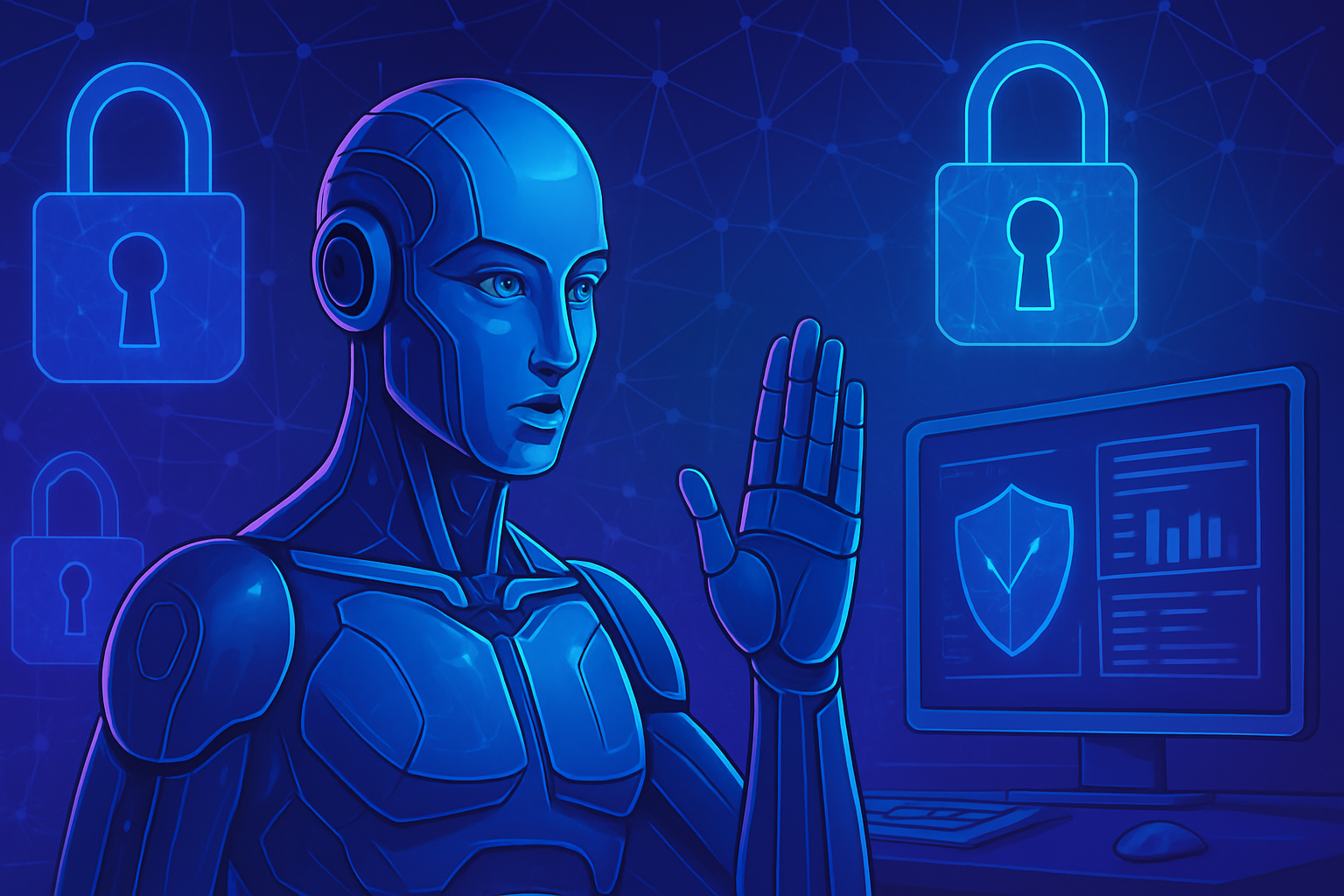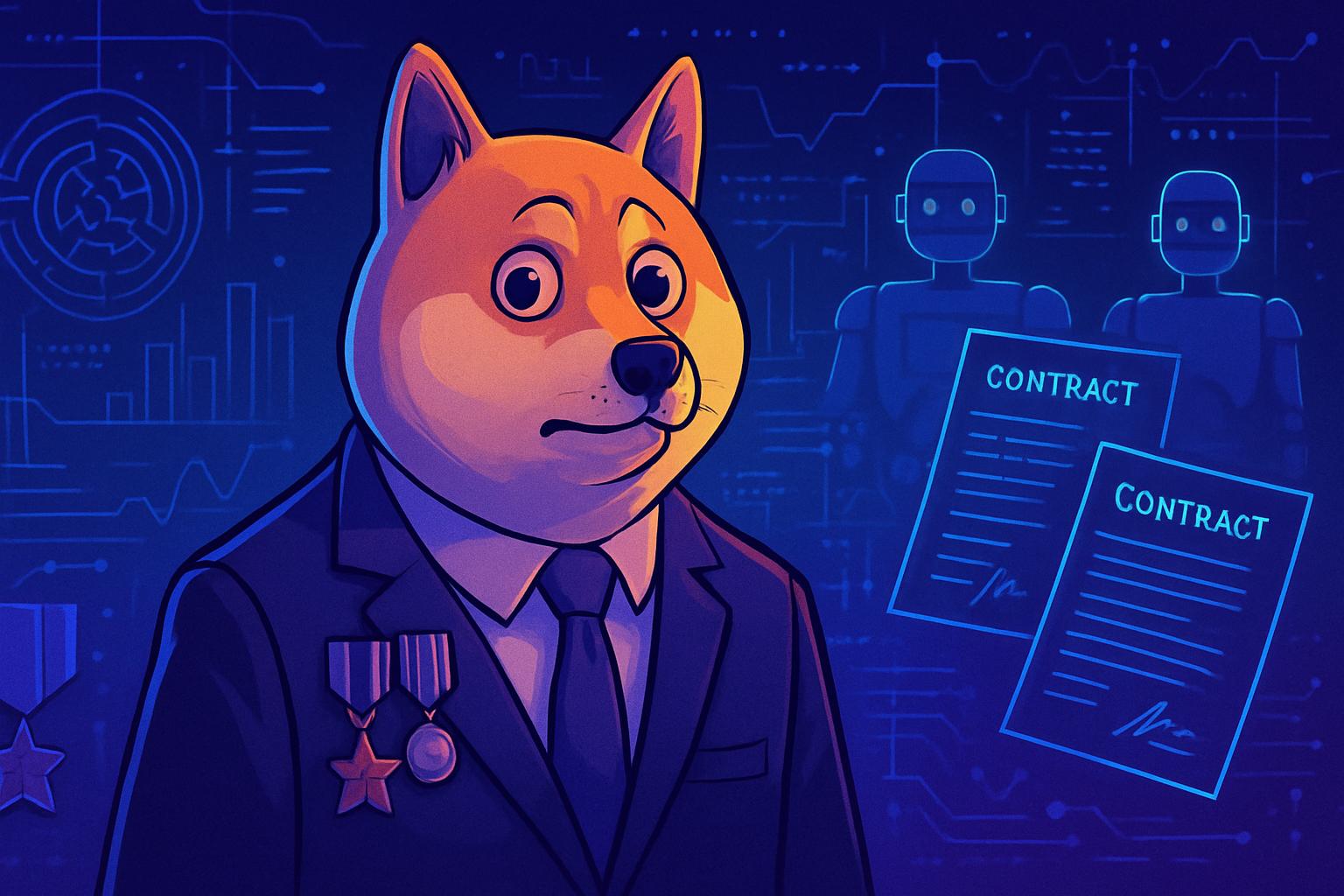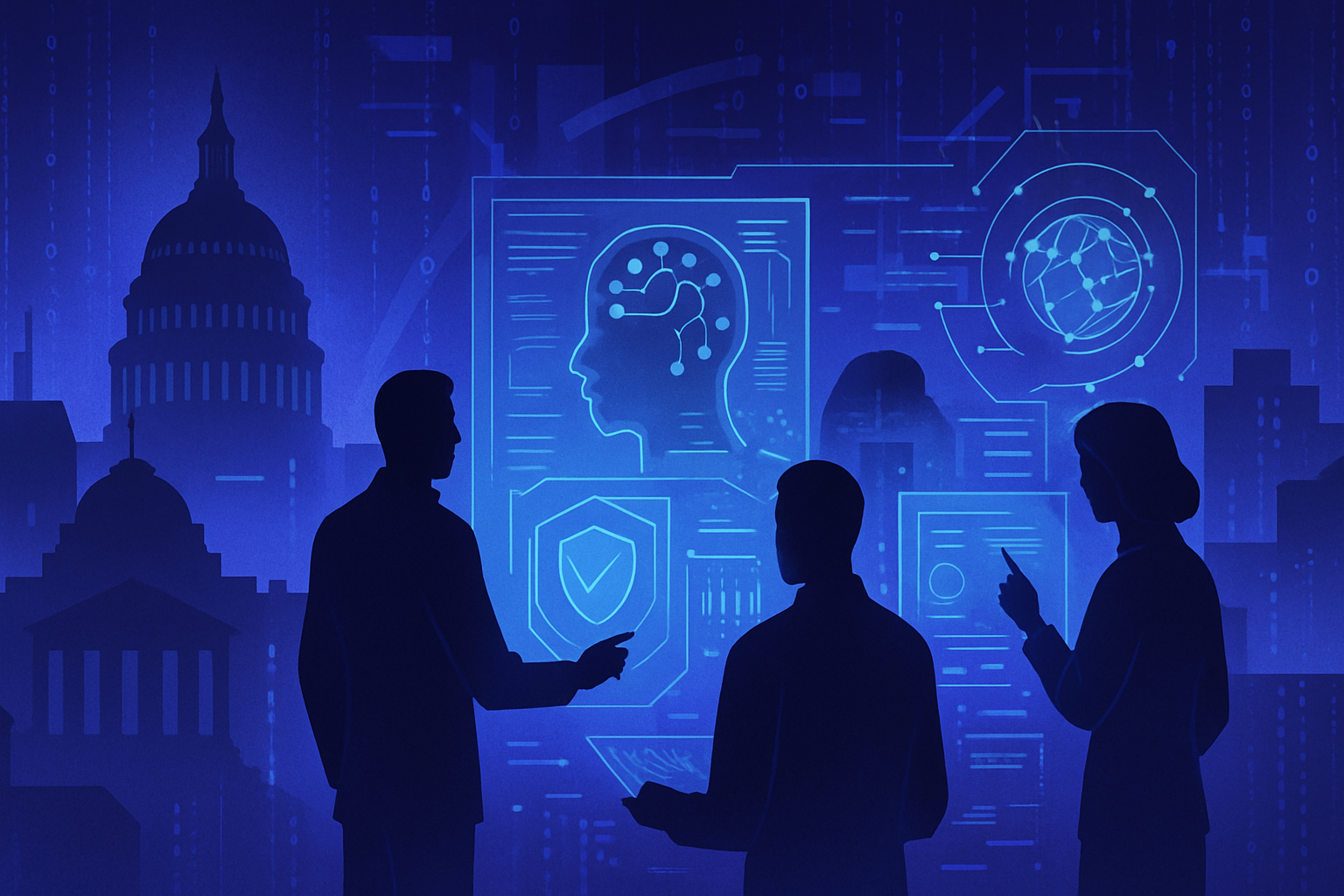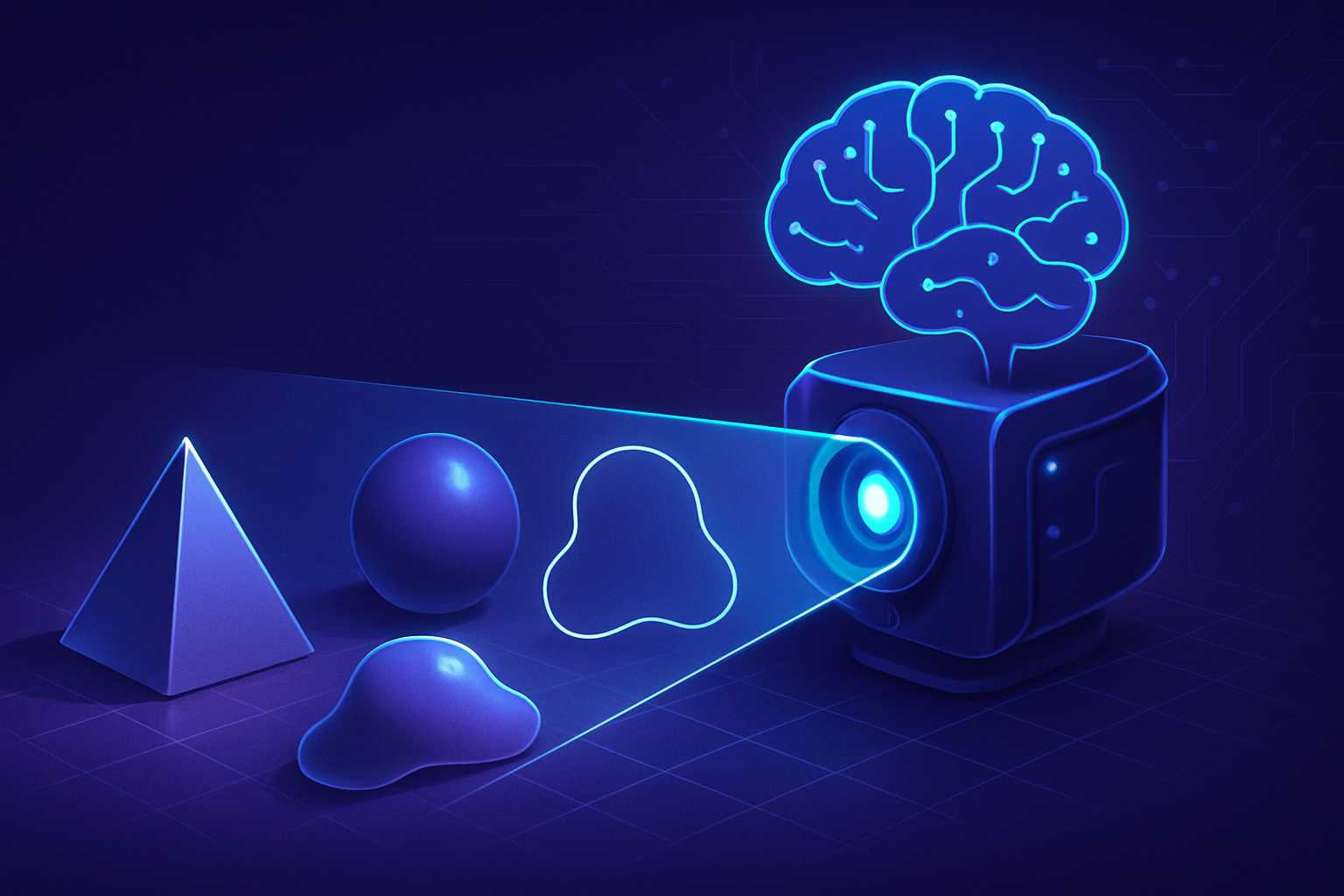Artificial intelligence is redefining the contours of 3D animation, imposing a revolution within training institutions. ESMA, a pioneering school, integrates these new technologies, shaping skilled professionals who combine artistic finesse and technical know-how. AI energizes learning, offering innovative tools to optimize the creativity and efficiency of artists.
_With this shift, the question of reliance on technology arises_, _stemming from a deep reflection on creative practices_. The interaction between humans and AI thus becomes central, raising significant narrative challenges. The contours of animation do not narrow; on the contrary, at the heart of innovation, they expand, inviting reflection and wonder.
The Integration of Artificial Intelligence in ESMA’s Pedagogy
Faced with the profound changes induced by artificial intelligence on the creative sector, ESMA is establishing itself as a pioneer. The institution adopts this innovative tool, incorporating it into its teaching methods aimed at training competent and adaptable professionals. The training of artists capable of blending artistic sensitivity with technical skills is at the heart of this strategy.
Evolving Programs in 3D Animation
ESMA’s 3D animation programs proactively integrate the use of AI. Students are introduced to techniques such as automating secondary movements, assisted pre-visualization, texture generation, and sequence analysis. These tools do not approach creation as a substitution but as an enrichment of artistic skills.
A Collective Reflection on AI
The integration of AI in artistic education does not rest on superficial considerations. The Creative Schools Lab, of which ESMA is a part, fuels an essential debate around the impact of AI in narrative processes. Alongside other institutions, this lab develops in-depth reflections on the contemporary challenges of creation, thus enriching students’ journeys.
Professional Meetings and Critical Vision
The Animation Development Innovation Meetings (RADI) represent a privileged opportunity for exchange between students and industry experts. Figures such as Marc Petit, representing renowned companies like Epic Games and Autodesk, share their vision of the future of AI-assisted animation. This nourishing dialogue offers students a realistic understanding of the challenges and opportunities of their professional future.
Valuing Human Creativity
ESMA advocates an approach that values the human dimension of animation alongside the use of AI. This school aims to train creators capable of producing engaging and emotional works. It emphasizes that artificial intelligence should be a creative support, not a vector for the dehumanization of narratives.
Exploiting AI for Innovation
It is about acquiring the skills to benefit from AI while continuing to develop a powerful narrative. Students learn to use these tools to enhance their storytelling while remaining aware of the limitations and ethical issues associated with AI. Thus, ESMA encourages enlightened creativity, in line with technological innovations.
Challenges for the Future of Animation
The upcoming challenges in the field of animation will intensify the need for appropriate training. The potential of AI to transform creative practices should not erase the essential ability to tell profound stories. Artists must remain narrators above all, using AI as a tool in service of their expression.
Technological Innovations and Artistic Know-How
Multiple applications of AI illustrate its relevance in creation. For example, editing reimagining 3D structures, aerial mobility strategies, and the development of programming tools that simplify digital creation bring new perspectives. These advances help enrich the repertoire of young professionals.
This dynamic of integrating AI merges with a deep reflection on storytelling, allowing ESMA students to navigate confidently in a constantly evolving landscape.
FAQ on the Impact of Artificial Intelligence on 3D Animation Training at ESMA
How is artificial intelligence integrated into the 3D animation curriculum at ESMA?
At ESMA, AI is integrated into the training through tools like automation of secondary movements, assisted pre-visualization, and texture generation, enabling students to explore innovative methods to enrich their creativity.
What are the benefits of using AI for students in 3D animation?
Students benefit from greater creative freedom, optimized production processes, and the ability to layer their narratives, all while learning to use these tools critically.
Does AI replace the fundamental artistic skills taught at ESMA?
No, AI does not replace fundamental artistic skills; rather, it complements them, allowing students to focus on storytelling and artistic expression while improving technical efficiency.
How does ESMA prepare its students to work with professionals in AI-assisted animation?
Students participate in events like the Animation Development Innovation Meetings (RADI), where they interact with industry experts to better understand the developments and challenges of AI-assisted animation.
What reflections are developed around AI in the Creative Schools Lab?
The Creative Schools Lab engages in discussions about the impact of AI in artistic processes, offering publications and exchanges aimed at enriching students’ understanding of this complex topic.
Are AI skills in demand in the animation industry?
Yes, proficiency in AI is becoming increasingly crucial in the animation industry, as it enhances productivity and optimizes creative processes.
What is ESMA’s objective in training students about AI?
ESMA’s objective is to train creators capable of utilizing AI independently while continuing to develop their artistic sensitivity and their ability to tell impactful stories.
